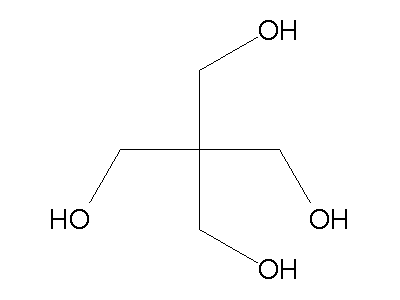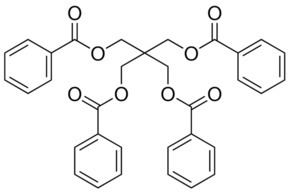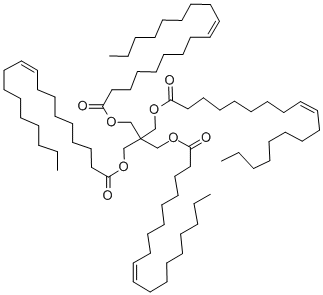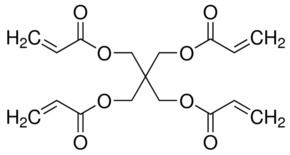Appearance white solid Melting point 260.5 °C Density 1.4 g/cm³ | Formula C5H12O4 Boiling point 276 °C | |
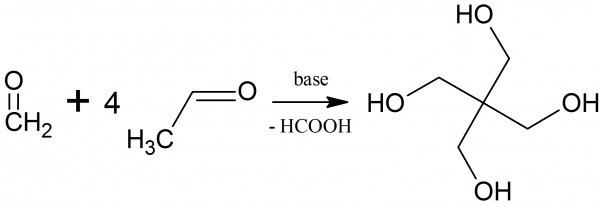 | ||
Pentaerythritol is an organic compound, a white, crystalline solid with the formula C5H12O4. It is a polyol with the neopentane backbone and one hydroxyl group in each of the four terminal carbons. It is a building block for the synthesis and production of explosives, plastics, appliances, and many other important chemicals.
Contents
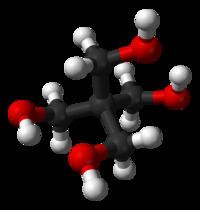
History
Pentaerythritol was first synthesized in 1891 by German chemist Bernhard Tollens and his student P. Wigand.
Uses
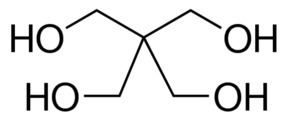
Pentaerythritol is a versatile building block for the preparation of many polyfunctionalized compounds, such as the explosive and vasodilator pentaerythritol tetranitrate (PETN) and the polymer cross-linking agent pentaerythritol tetraacrylate. Derivatives of pentaerythritol are components of alkyd resins, varnishes, polyvinyl chloride stabilizers, tall oil esters, and olefin antioxidants. Can be found in transformer oil, plastics, and many other applications.
Medicine
Pentaerythritol is used to synthesize vasodilator pentaerythritol tetranitrate (PETN).
Explosive
Pentaerythritol is used to synthesize explosive pentaerythritol tetranitrate (PETN).
Dielectric
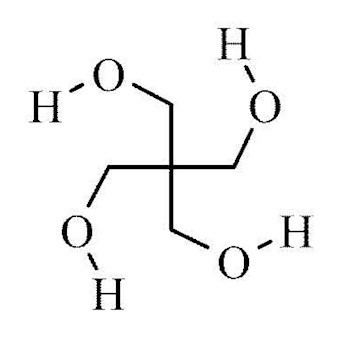
Halogen-free pentaerythritol esters are also environmentally friendly alternative to conventional electrical transformer fluids, being both readily biodegradable and non-hazardous in water. They advantageously replace polychlorobiphenyl (PCB), and even silicone-based or fluorinated hydrocarbons, as dielectric fluid in transformers. Their low volatility and high flash point give them an excellent resistance to ignition in case of major electrical failure and transformer rupture.
Fire retardant
Pentaerythritol is used as a fire retardant, such as in plastics.
